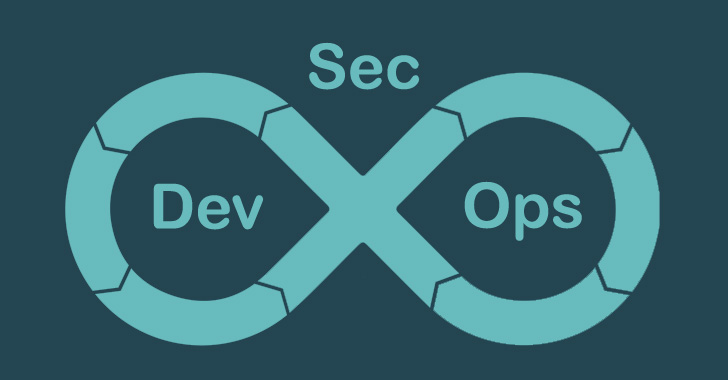SecDevOps is, just like DevOps, a transformational change that
organizations undergo at some point during their lifetime. Just
like many other big changes, SecDevOps is commonly adopted after a
reality check of some kind: a big damaging cybersecurity incident,
for example.
A major security breach or, say, consistent problems in
achieving development goals signals to organizations that the
existing development framework doesn’t work and that something new
is needed. But what exactly is SecDevOps, why should you embrace it
– and how can you do it more easily in practice?
The fundamentals of SecDevOps
By itself, SecDevOps is not just one single improvement. You may
see it as a new tool, or set of tools, or perhaps a different
mindset. Some might see SecDevOps as a culture. In reality, it’s
all of those factors wrapped into a new approach to development
that’s intended to put security first.
SecDevOps rely on highly reproducible scenarios, touching on
topics such as system provisioning and deployment, code management,
and building pipelines. However, most importantly, SecDevOps
addresses cybersecurity posture. Everyone in the organization must
reflect a security-first approach where, at every level, security
issues are foreseen, identified, and corrected. In essence, putting
the Sec in front of DevOps means shifting security to the front of
the development framework. Security is not an afterthought; it is
the first thing that teams think about when developing an
application, and security policies are defined right at the start
of the project.
Theory, yes… but you need tools to execute
Giving security such a prime position in the development
workflow matters because of the usual cybersecurity factors.
Building security into the DevOps workflow contributes to improved
vulnerability management, including better patch management through
live patching, both of which are critical aspects of overall
cybersecurity posture.
A great idea, viewpoint, or approach will only get you so far,
however. You also need tools that can help you implement these
ideas in practice. Which tools you need depends on your unique
development requirements – but there are a few common needs.
Consistent patch management is one of those common needs, and to
help organizations better adjust their processes and indeed to help
them get started with SecDevOps, TuxCare’s ePortal[1]
offering has a script-friendly API endpoint that helps
organizations include TuxCare’s KernelCare[2]
live patching into their workloads more easily.
The API simplifies the integration of KernelCare live patching
deployment and configuration at an earlier development stage. In
providing this tool, we illustrate how automation in the SecDevOps
paradigm not only simplifies operations but also ensures the
availability of key tools as soon as systems are provisioned –
while also making it easy to remove the tools as systems are
decommissioned – enabling a reproducible, security-first mindset to
permeate a system’s lifetime from deployment to teardown..
Pick the right tools to attain SecDevOps now
SecDevOps translates into a more secure environment over the
entire lifecycle of a system – but every organization needs
practical tools that help make SecDevOps a reality. While SecDevOps
as a concept can drive the development practices that underpin
security in your organization, implementation success often lies in
the tools used.
TuxCare’s range of tools provides an easy-to-follow recipe with
examples for Chef, Ansible, and Puppet[3]. Whichever DevOps tools
your organization uses, it can make use of the TuxCare ePortal API.
And if you’re using something else entirely, our code samples will
still guide you in the right direction.
At the end of the day, it doesn’t matter what toolset you use.
It’s critical that your organization embraces SecDevOps – and
deploys a comprehensive toolset that automatically ingrains
SecDevOps principles into everyday development practices.
References
- ^
TuxCare’s ePortal
(docs.tuxcare.com) - ^
TuxCare’s KernelCare
(tuxcare.com) - ^
Chef,
Ansible, and Puppet (docs.tuxcare.com)
Read more https://thehackernews.com/2022/09/integrating-live-patching-in-secdevops.html
